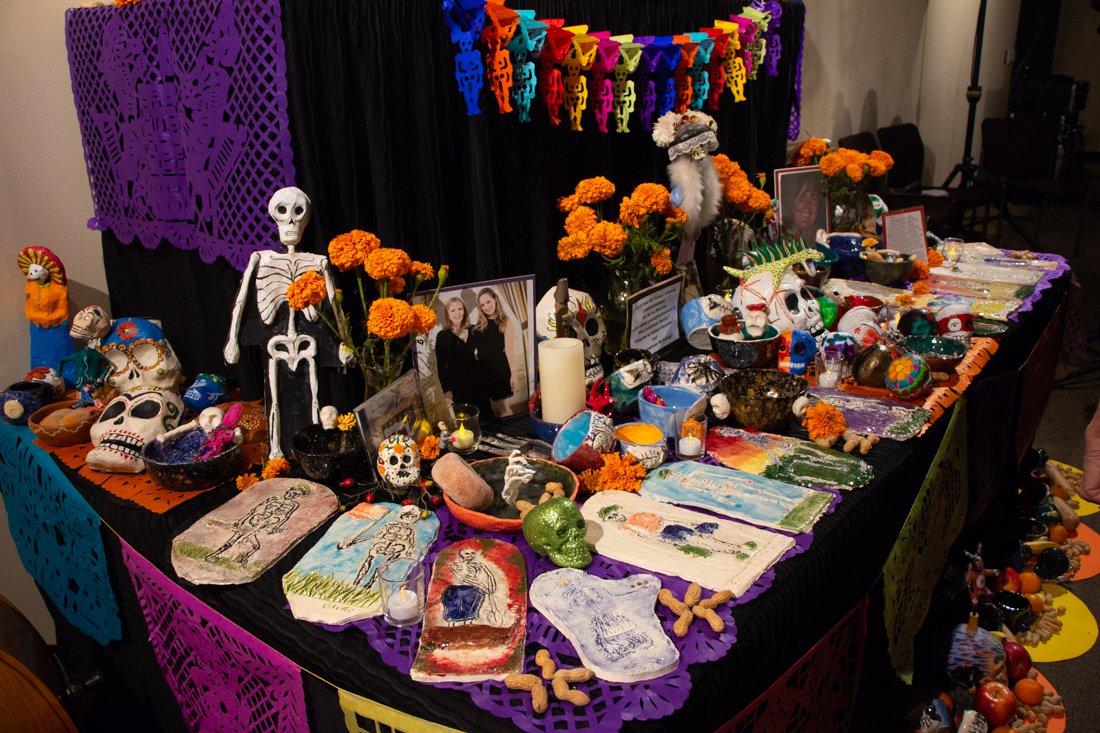Mickey Rourke is a tough guy. On screen, he is a rough and tumble, hard drinking, broad-chasing, fight-picking Marlboro man sitting at the end of the bar with a voice like a cement mixer and a fuse shorter than a firecracker. Off screen, he’s not too different, after becoming notorious for domestic violence charges, DUIs, and suspending his acting career in the early ’90s to focus on boxing with a trainer who was a member of Hells Angels. Rourke’s acting career has spanned three decades, with both good roles and more forgettable ones. But at age 56, after appearing in more than 40 films, no role has come close to embodying Rourke’s innate actorial motivation and disposition like Randy “The Ram” Robinson in director Darren Aronofsky’s latest, “The Wrestler.”
“The Wrestler” is a bleak, graphically explicit observation of the harsh realities of athletes past their prime who try to hold onto their livelihoods as long as they can. Using Robinson as the vehicle of the critique, Aronofsky depicts a staggeringly real environment of broken bones and blown-out backs, anabolic steroids and pain killers, late rent payments and the loneliness of slowly slipping into anonymity.
The opening credit montage reveals Robinson as a star of the 1980s wrestling circuit, fighting for fame and fortune at Madison Square Garden to crowds of 20,000 chanting his name. Cut to 20 years later to a dilapidated locker room inside a community center where The Ram is fighting in a semi-pro league before an audience of barely 100 people. He fights on weekends and on weekdays he works at a supermarket loading boxes. His daughter hates him and the only emotional support he receives is from an aging stripper, played by Marisa Tomei, who is just as despondent and lonely as he is.
“The Wrestler” is a dramatic shift in style for Aronofsky, best known for directing “Requiem For a Dream” and “The Fountain.” The frenetic, paranoid pace and montage effects of “Requiem” and the fantastical fluid imagery of “The Fountain” are replaced by a voyeuristic, unfiltered perspective that at times almost gives the feeling of a documentary. Everything is dark and ugly; you can smell the sweat-stained locker room and feel the cold of sleeping in a car during the Northeast winter. Aronofsky transplants the viewer into The Ram’s life with extensive use of handheld cameras and trailing tracking shots – half of the movie consists of shots following the wrestler from place to place, as if the audience were tracing every step.
While Aronofsky’s film eye places viewers into the story, it is Rourke’s performance that keeps them there. His cadence and appearance seem so second-nature that it is often difficult to find the line between fiction and reality, much like professional wrestling itself. His charisma and machismo are perfectly understated to show a battered and near-defeated shell of a man once famed for being “the greatest.” His character nuances are so spot on and genuine that it begs to be asked just where Rourke ends and The Ram begins.
Rourke shows all of himself inside The Ram. And just like The Ram, Rourke only needed one shot to put a sputtering career back on top. He has done so with “The Wrestler,” putting up a performance among the best of the year, and easily the best of his career.
Film Reporter
[email protected]
Mickey Rourke headlocks critics with ‘The Wrestler’
Daily Emerald
January 3, 2009
0
More to Discover






